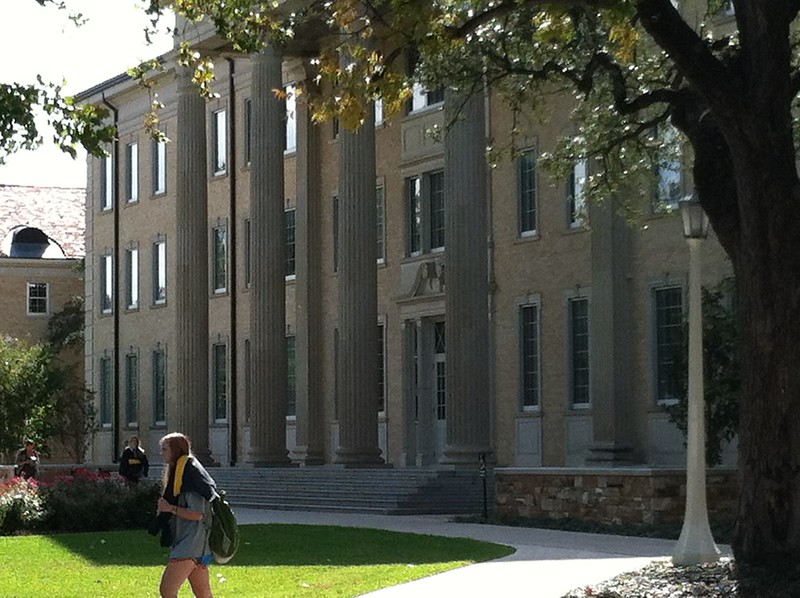
Spelman College is a standout for so many reasons. To begin with, Spelman is one of only two surviving African-American women’s colleges. Add to that the fact that they have outstanding academics and a student body of young women seeking to become leaders in fields ranging from science to the arts and you have a college that is truly special.
Sophia B. Packard and Harriet E. Giles, two pioneers in women’s education, founded Spelman College in 1881 because they were concerned about the lack of educational opportunities for African-American women. One of the early financial backers was John D. Rockefeller, who named the college after his wife, Laura Spelman Rockefeller and her parents who were longtime activists in the antislavery movement. Spelman’s legacy includes a mission to prepare women for leadership and an emphasis in getting her graduates into courtrooms, board rooms and engineering labs.
Here are a few quick facts about Spelman:
Acceptance: 53%
Freshman retention: 89%
Freshmen out of state: 76%
Most popular majors: psychology, biology, political science, economics
4-year Graduation rate: 65%; 6-year: 75%
Student Community Diversity: 97% Black, 0.1% Latino, 0.75% International
Housing: Sixty-seven percent of Spelman students live on campus in one of eleven dorms. Some students feel that the dorms could use some renovations, but that overall, accommodations are comfortable.
The meal plan is mandatory for anyone who lives on campus, and the food gets average reviews. Campus security does a great job of making students feel safe.
Academics: Spelman offers a well-rounded liberal arts curriculum that stresses the importance of critical and analytical thinking as well as problem solving. The core education requirements, which most complete by the end of sophomore year, include coursework in English composition, wellness and health, foreign language, math, African diaspora and the world, computer literacy and international or comparative women’s studies. Freshmen participate in First Year Experience, and sophomores take Sophomore Seminar. All students complete internships or undergraduate research projects in their majors.
The academic environment can be very competitive – after all Spelman aims to recruit the best of the best. Many of the faculty members are African American and/or female so students have many great role models. Outside of the general education courses, class sizes tend to be small with 60% having fewer than 20 students.
Natural sciences and the humanities are the two strongest departments at Spelman, and math is a close third. Math and natural sciences have great opportunities for undergraduate research programs and many include opportunities to publish. One of Spelman’s bragging rights is that they lead the nation in the number of African American women who continue on to earn a Ph.D. in the STEM fields. Another opportunity at Spelman is the 3-2 dual degree program in engineering, offered in cooperation with Georgia Tech.
Similar colleges to consider: Agnes Scott, Vassar, Wellesley, Xavier University of Louisiana.
Social: Students have plenty of opportunities for social interaction with nearby colleges thanks to the Atlanta University Center. Sororities are present at Spelman, but only 6% choose to go Greek. The most popular annual events are sisterhood initiation ceremonies, homecoming (with nearby Morehouse College), and the Founder’s Day celebration. And of course there’s no shortage of activities in Atlanta!
Varsity sports have been replaced with a general fitness and nutrition program. However, intramural sports like basketball, flag football, soccer and volleyball are popular.
Financial: Spelman offers primarily need-based financial aid and scholarships. There are no athletic scholarships offered. The average percent of need met is 49%, with 71% being fully met. Although the tuition and fees are $52,700, the average financial aid package is $14,500. 90% of students receive some type of financial aid.



















